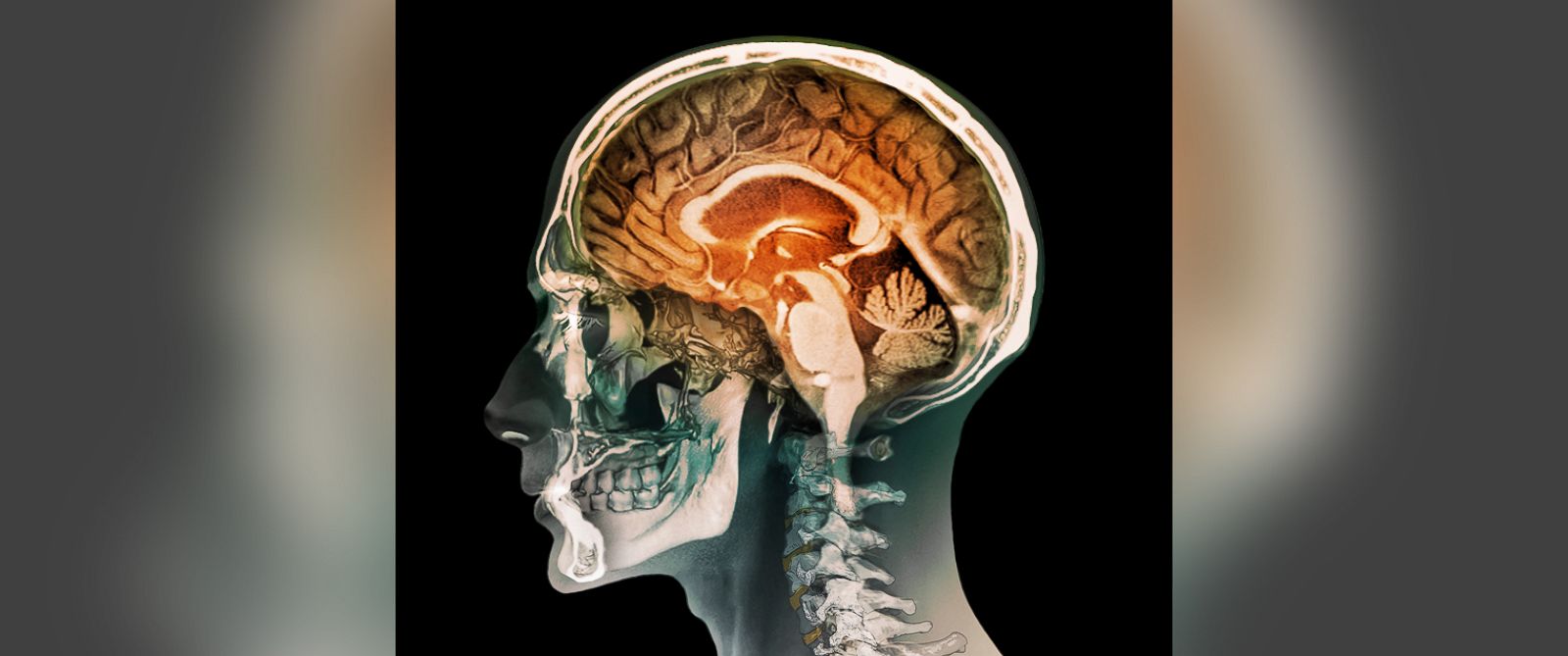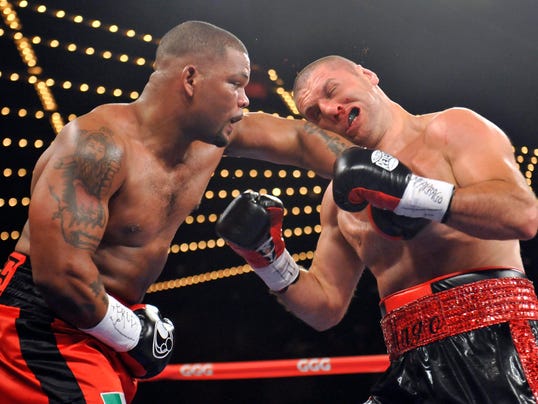The risks of suffering a concussion have been under the spotlight in
recent years, especially as the degenerative neurological illness known
as chronic traumatic encephalopathy (CTE) has been found in multiple
football players after their deaths. The degenerative disease is
believed to be linked to brain trauma, including concussions.
Now, a new study has found that concussions may also be associated with
an increase in the long-term risk of suicide. Experts have long known
that a severe, traumatic brain injury raises the risk of suicide, but
this study sheds more light on how concussions, a common mild head
injury, may impact overall suicide risk.
The study, published today in the Canadian Medical Association Journal,
looked at the long-term risk of someone committing suicide if they have
ever suffered a concussion.
The suicide rate in Ontario, Canada, where the study was conducted, is
approximately nine per 100,000 people, according to the study. In the
U.S. as a whole, it's about 12 per 100,000 people, according to the U.S.
Centers for Disease Control and Prevention.
The study conducted in Ontario gathered information on 235,110
individuals who had a history of concussion over a 20-year period, from
1992 to 2012. In the group there were 667 subsequent suicides --
equivalent to 31 deaths per 100,000 people, or three times the suicide
rate in the population as a whole, researchers found.
Those who had a concussion on a weekend had a higher risk of suicide,
the study also found. Their rate of suicide was 39 per 100,000 people,
or nearly four times the rate of the general population.
The study's
authors said that while their findings support past research on how
concussions can have lasting effects on physiology, mood and behavior,
they cautioned that further research is needed.
Concussions are usually caused by a bump or blow to the head, briefly
disrupting brain function.
Concussions do not always cause a loss of
consciousness. Concussions are considered to be a mild form of brain
injury and are the most common type of mild brain injury occurring in
young adults.
The study also finds that each additional concussion is associated with a further increase in suicide risk.
Dr. Donald Redelmeier, professor of medicine at the University of
Toronto and a lead researcher in the study, said the findings emphasize
that it's important for medical providers to be aware of a patient's
concussion history.
"Mild concussions, although invisible at the time of the incident, could
be dangerous later on," Redelmeier told ABC News. "It is important that
even years after a concussion, not to forget about it and to inform
your doctor of your history."
Dr. Allen Sills, a professor of neurosurgery at Vanderbilt University,
said suicide has become a major concern for medical providers.
"It is important that we screen for depressive symptoms in all patients
and not just patients with a concussion history," Sills, who was not
involved in the Ontario study, told ABC News.
Redelmeier said he is hopeful that the research will encourage doctors
to take a second look at patients who had a concussion, even if the
concussion occurred years ago.
"I compare it to penicillin. If you have had an allergic reaction to
penicillin in the past, you would let your doctor know about this
medication allergy so that you do not have a harmful event in the
future," Redelmeier said. "We should think of a concussion history in
the same way."
Dr. Aaron Hawkins is a psychiatry resident from the University of Alabama Hospital in Birmingham, Alabama. He is currently a resident at the ABC News Medical Unit.





